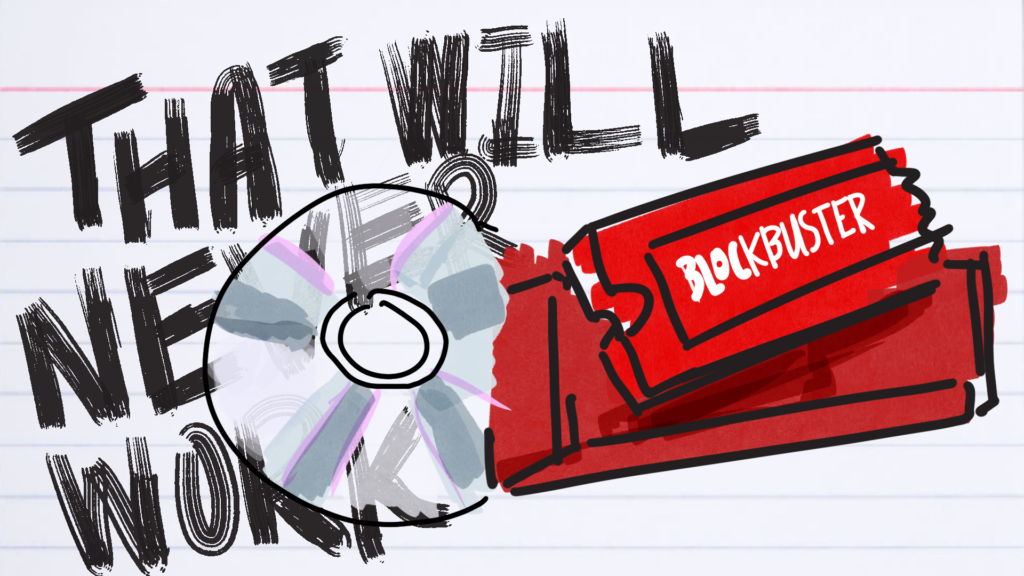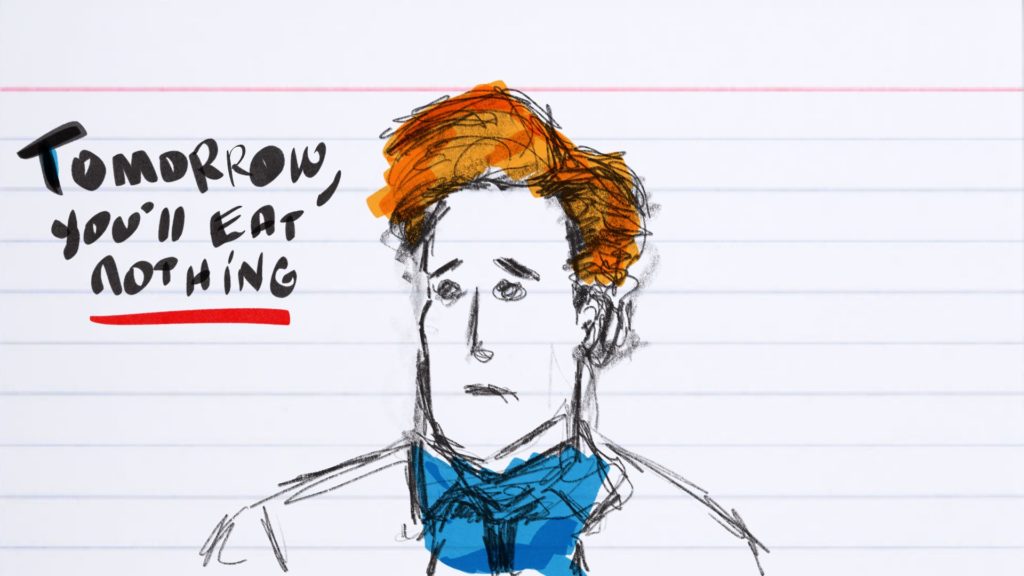I turned my iPad Pro 12.9”—the first gen one from 2016—for this first time in maybe a year and thought I’d give the keyboard a bit of a run. Man I always loved the rubber cover that Apple discontinued after the first gen. Anyway, I thought I’d do a quick reading log update.
I started listening to Marc Randolph’s “That Will Never Work: The Birth of Netflix and the Amazing Life of an Idea” and am about 25% in. Here are some things I’ve enjoyed so far.
-
- It wasn’t all a grand master plan from the start
It was the late 90s and there was no clear indication yet that DVDs would become the clear winner for home videos after VHS tapes. In 8th grade, a 2nd Blockbuster was going to open in our town and the rumor was that it would be all DVDs. It sounded so far fetched at the time.
Part of the reason I enjoy these tech business memoirs is that I have fond memories of the sort-of-early internet. I’m guessing this is similar to how people a decade older than me feel about books about early desktop PCs.
-
- The book does a great job setting the stage and painting the picture of what starting a tech company was like back then
I’m currently also (slowly) reading “Rebel Without a Crew”, Robert Rodriguez’s memoir about making El Mariachi as a young filmmaker. It’s in a diary format, and I’m guessing pretty lightly edited from his actual diary. He talks about all the mundane, tedious steps of shooting and editing video on old machines without digital footage or video editing software. There’s so much planning and experimenting and budgeting because of constraints like physical film remaining.
“That Will Never Work” similarly spells out the huge effort and cost required to write and host online software at the time. Then there’s the manual steps of matching orders to physical DVDs and then putting those in physical mailers and shipping them out at the post office.
I’m currently typing this post in the WordPress editor. It’s actually easier at this point to make a video with special effects and text overlays and editing and share it with the world than it is to get a mostly text blog up on a domain.
Everything is amazing right now.
I do like things in 3s, so here’s another quick thing I’ve learned from the “That Will Never Work”:
-
- Recommendations were a focus from the start
There’s a story about a home video conference and a person (who I’m guessing will turn out to be someone pretty high up at Netflix) who made video rental inventory software. He was also a huge movie buff and could recommend the right movie to anybody. Another story is about Netflix looking for an existing movie database that they could pay to use. Netflix had organizing and filtering and choosing DVDs based on your interests in mind pretty early on.
That’s that for now. I’ll continue writing these short writing logs about different books I read.










